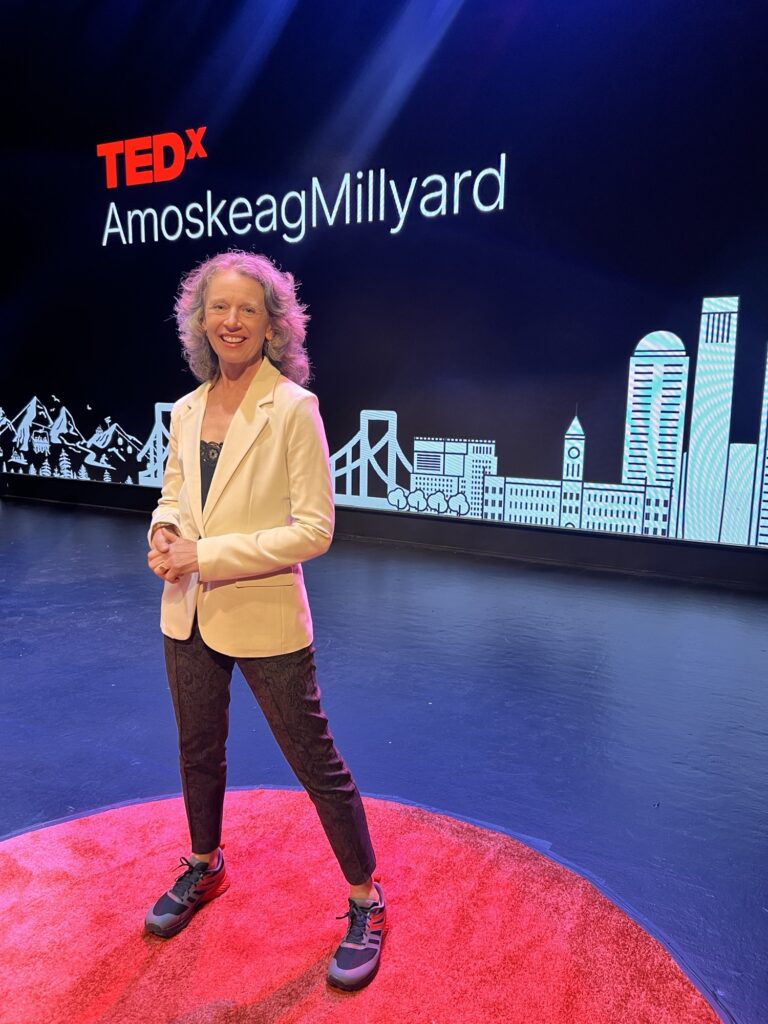
I’m gonna bet your very first question for me is, “When can we watch your talk?!?”
Well, the answer is I don’t know!
It will be at least a few months. First, the video has to be edited (there were several cameras!) and then sent off to the TED execs who can sometimes take their sweet time.
Suffice to say, it was a smash! I worked hard with my coach Meryl to create an engaging story with unexpected twists and turns, and like a thru-hike, to finally reach my point: that is to be resilient, you have to keep moving forward in spite of life’s inexplicable randomness.
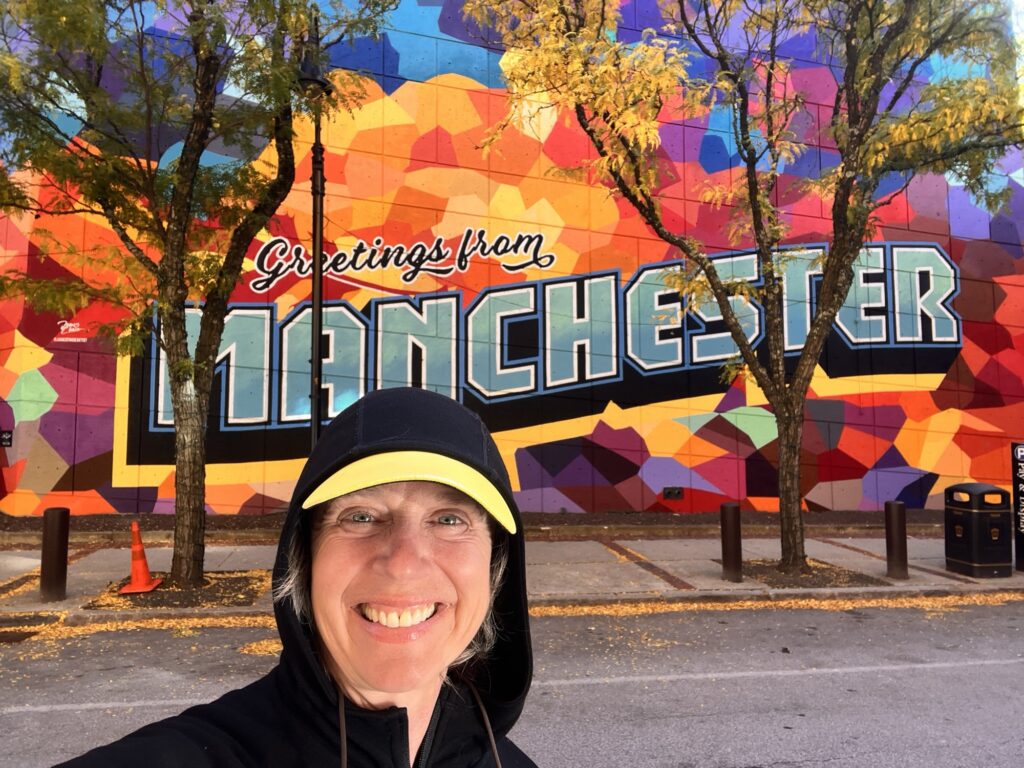
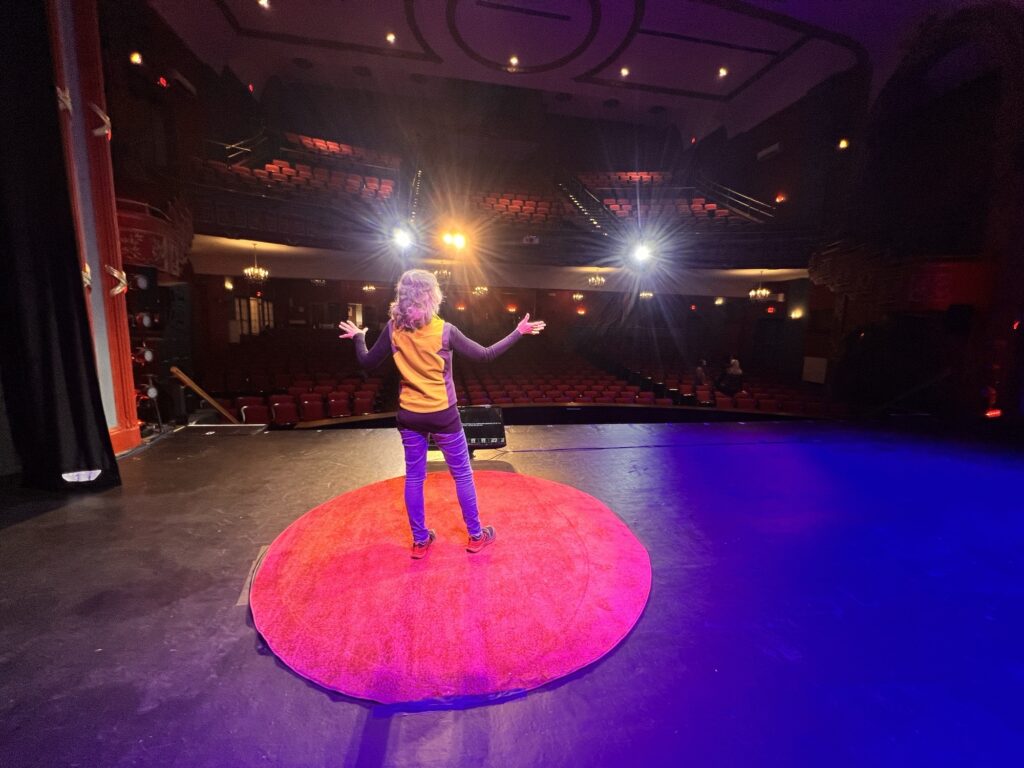
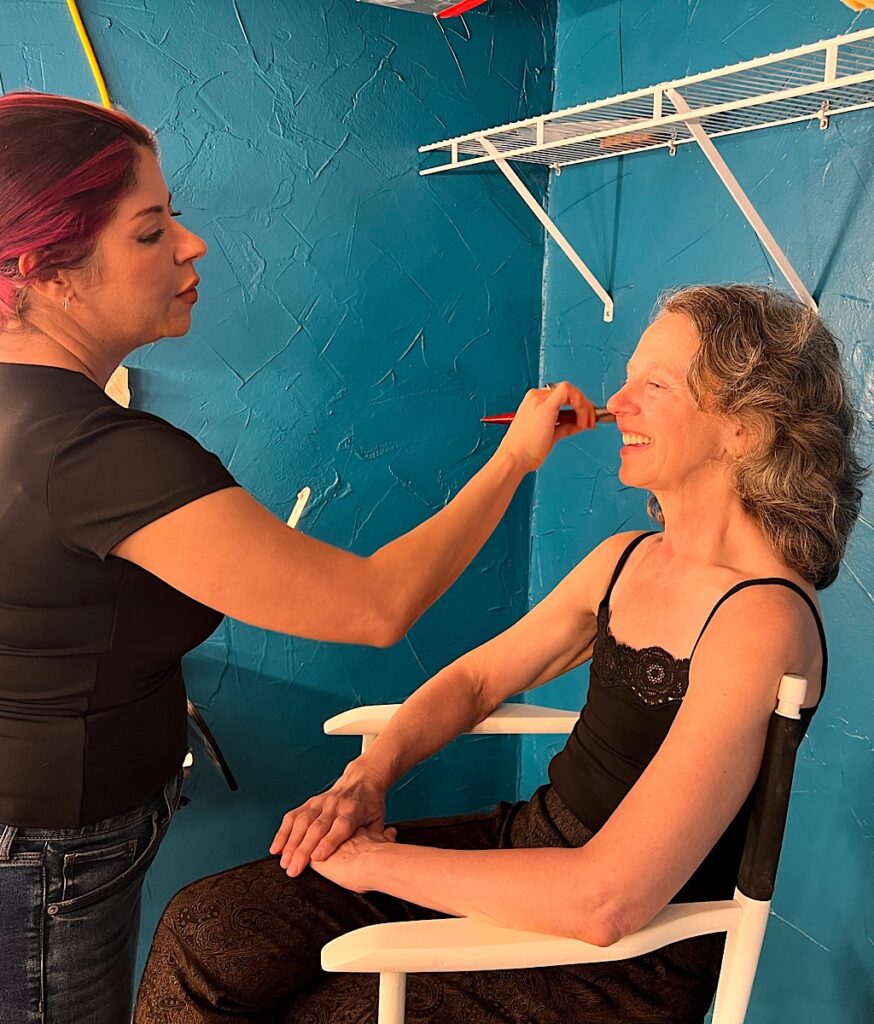
So many pieces make up the meat of this story – my beloved flute career cut short by a neurological disorder, hitting the trail to literally find my footing, then discovering that one of my favorite composers did the same thing when he suffered his devastating loss.
OK, Beethoven wasn’t exactly a long-distance thru-hiker! But he does tell us, “How happy I am to be able to wander among bushes and herbs, under trees and over rocks; no man can love the country as I love it.”
Perhaps no one can know just how much or in what way Beethoven loved walking in nature, but we can surmise, especially with his lovely Pastorale Symphony as evidence.
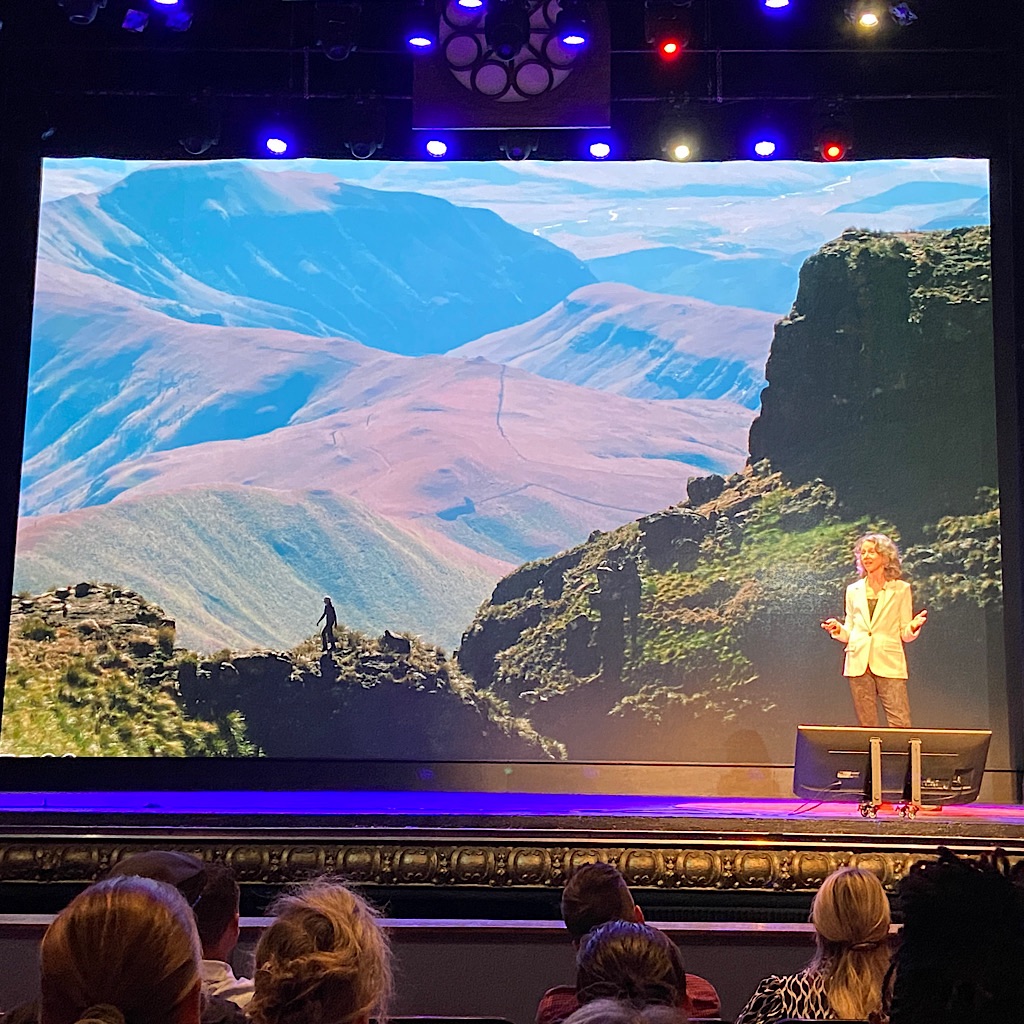
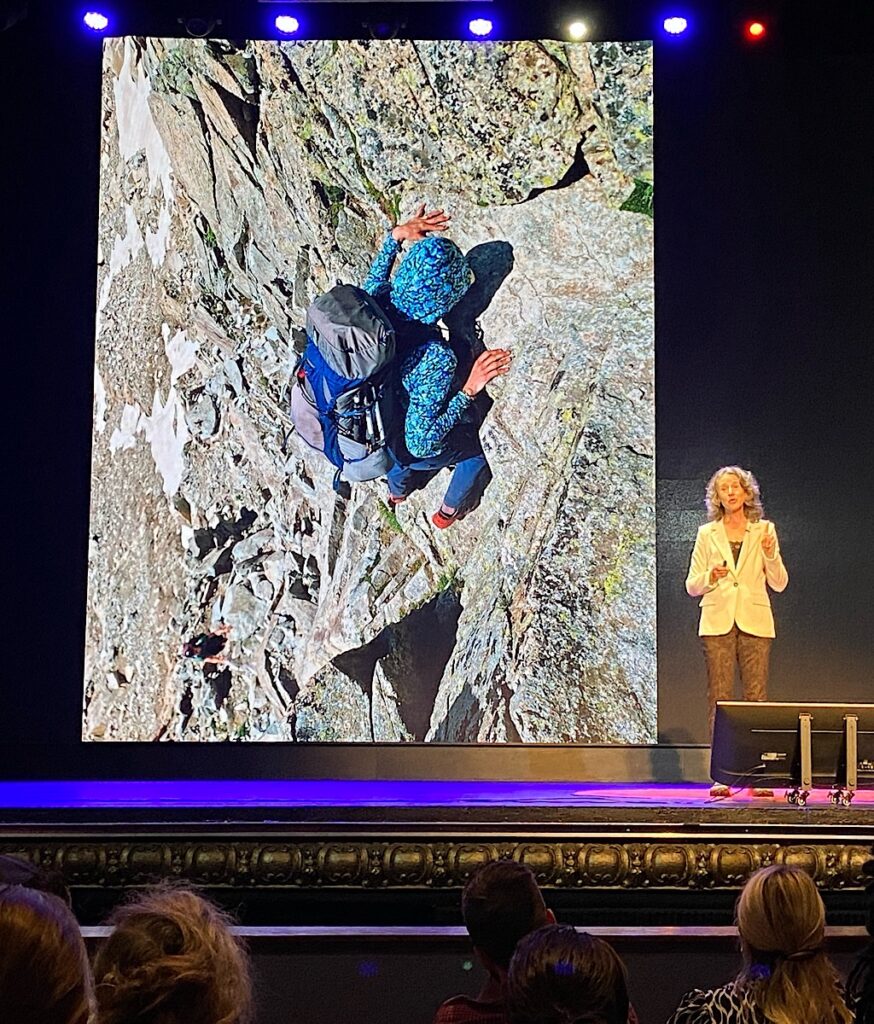
Creating a TEDx talk is a process, and one that I really needed at this moment in time. Since the talk is relatively short (under 18 minutes) I needed to get to the point quickly.
My coach, Meryl Levin, is fantastic at zeroing in on what works and, maybe most importantly, what doesn’t work.
I also received help from a friend who runs a different TEDx in New Hampshire and coaches for a living. She shifted paragraphs around and the speech suddenly came alive.
I carefully chose slides, plus an excerpt of my flute playing, to draw people into the story. I had no idea the projections would take over the entire stage. People told me after that it appeared I was walking out of my photos into the theatre.
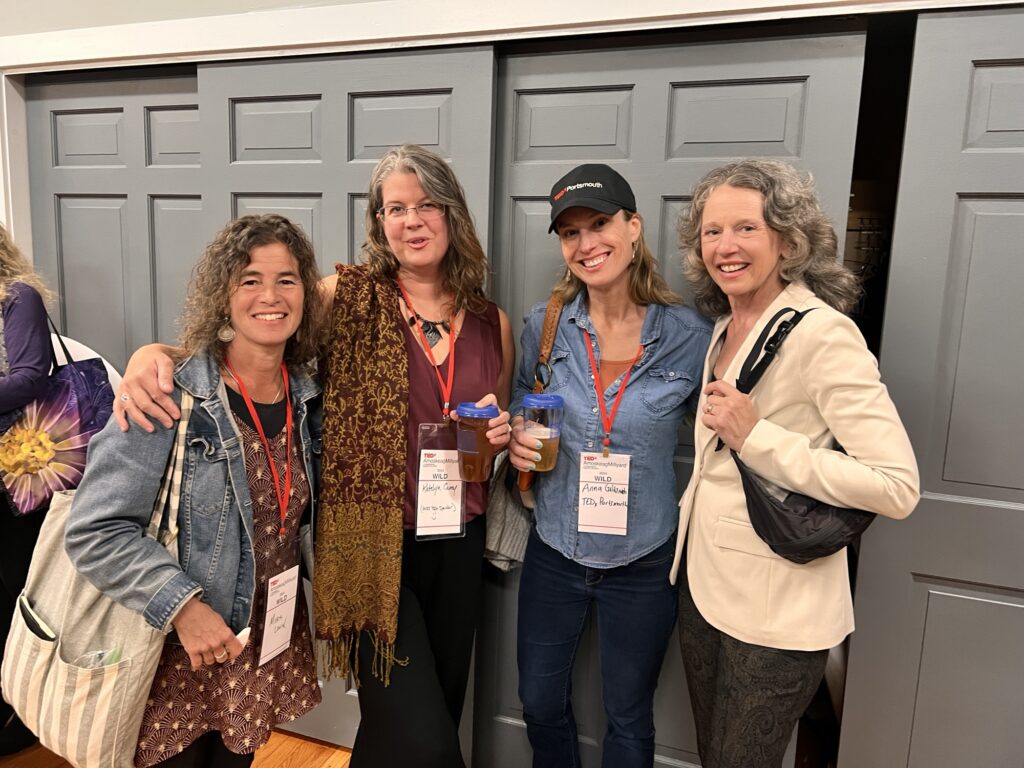
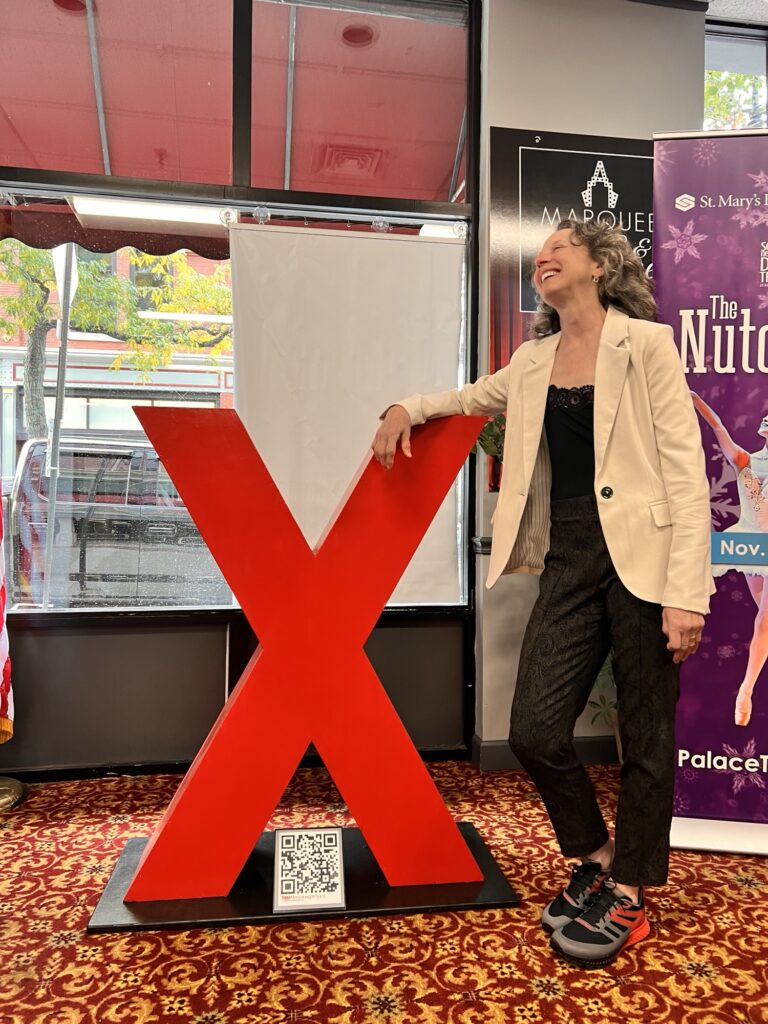
What made this experience such a growth one for me was that I took each step very seriously and put everything into them. That includes memorizing my talk.
An old trick for actors is to record your lines, then repeat them back as you listen. You start by speaking a second or two behind, then eventually, you speak with the lines.
I don’t have a lot of experience memorizing, and I was terrified I’d forget my lines. So I gave myself a month to learn them, dividing the speech into ten sections, and stacking them together as I learned them.
That meant lots of walking around my neighborhood talking to myself! It’s uncomfortable and awkward, the language feels stilted and clumsy. So you have to be willing to go to that awful place to get to the other side.
But when you get there, it’s miraculous! You can speak as if you’re making it up on the spot – like an actor – and the words take on so much more power.
You can see the “confidence monitor” at my feet, which I never used except to ensure my next slide was showing. (We had a faulty clicker, but that’s a whole ‘nother story!)

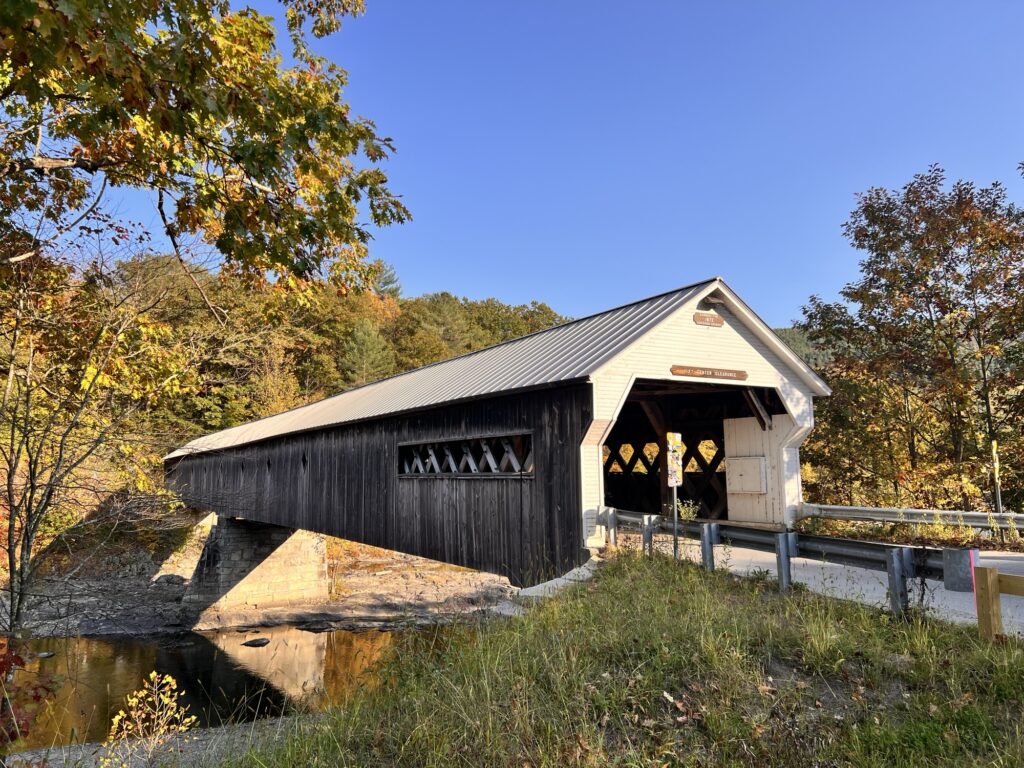
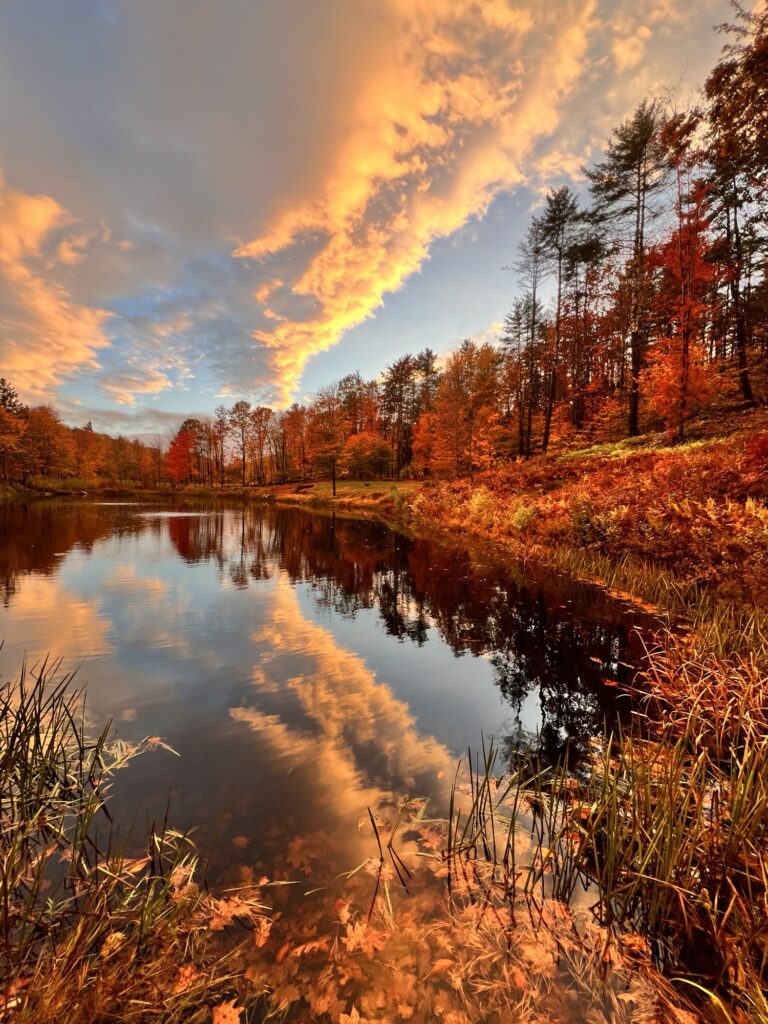
I can’t emphasize how valuable memorizing is for a successful talk. I have now added it to my daily work – writing something original, memorizing and filming it.
Clearly a well-crafted speech is the number one goal, refining and refining to drive home a point that matters, to answer a question no one else is asking and to speak to a wide cross section of people.
But performance matters too. And I am a performer through and through, from flute to radio and now back to the stage. I knew landing this opportunity now really mattered, and I’m proud I put the energy in that it required.
By no means is my work done. This is just the start, but I am overjoyed to have made this happen and look forward to what’s next – mulling all of that over in front of a roaring fire at my Appalachian Trail friend Susanne’s farm in Vermont, a perfect way to cap this off!

